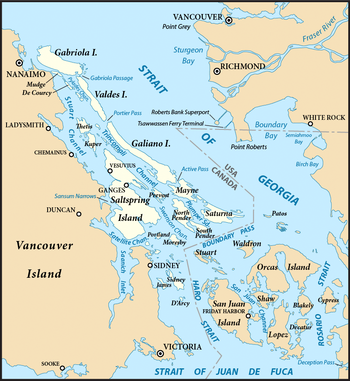Worry not, dear reader! All is not lost aboard our Cal 34, Moonrise. Sadly, I cannot say the same for the Cal 39 featured in Robert Redford’s latest movie, All Is Lost.
The Cal Owner’s newsgroup is abuzz with posts about Redford’s latest movie which features the the comely s/v Virginia Jean, a 1978 Cal 39. In fact, three Cal 39 sailboats were used in the making of the movie which was filmed somewhere on the Mexican Baja. Just last night, Melissa was drooling over a beautiful Cal 39 and it remains a favorite of ours.
What more could a cruiser want in a movie? Sailing, Cal boats and Robert Redford? We will disregard, for the moment, that he loses the boat and must face life adrift in the middle of the Indian Ocean.
Here is a quick synopsis of the film taken from the Cannes Film Festival Notes:
Deep into a solo voyage in the Indian Ocean, an unnamed man (Redford) wakes to find his 39-foot yacht taking on water after a collision with a shipping container left floating on the high seas. With his navigation equipment and radio disabled, the man sails unknowingly into the path of a violent storm. Despite his success in patching the breached hull, his mariner’s intuition, and a strength that belies his age, the man barely survives the tempest.
Using only a sextant and nautical maps to chart his progress, he is forced to rely on ocean currents to carry him into a shipping lane in hopes of hailing a passing vessel. But with the sun unrelenting, sharks circling and his meager supplies dwindling, the ever-resourceful sailor soon finds himself staring his mortality in the face.
In other words, it’s the feel good movie of the year.
The movie opens on October 18th and you can bet that Melissa and I will go. Until then, here is a trailer to whet your appetite:
By the way, Robert Redford is 76 years old. Just a little shout out to the old guys.






